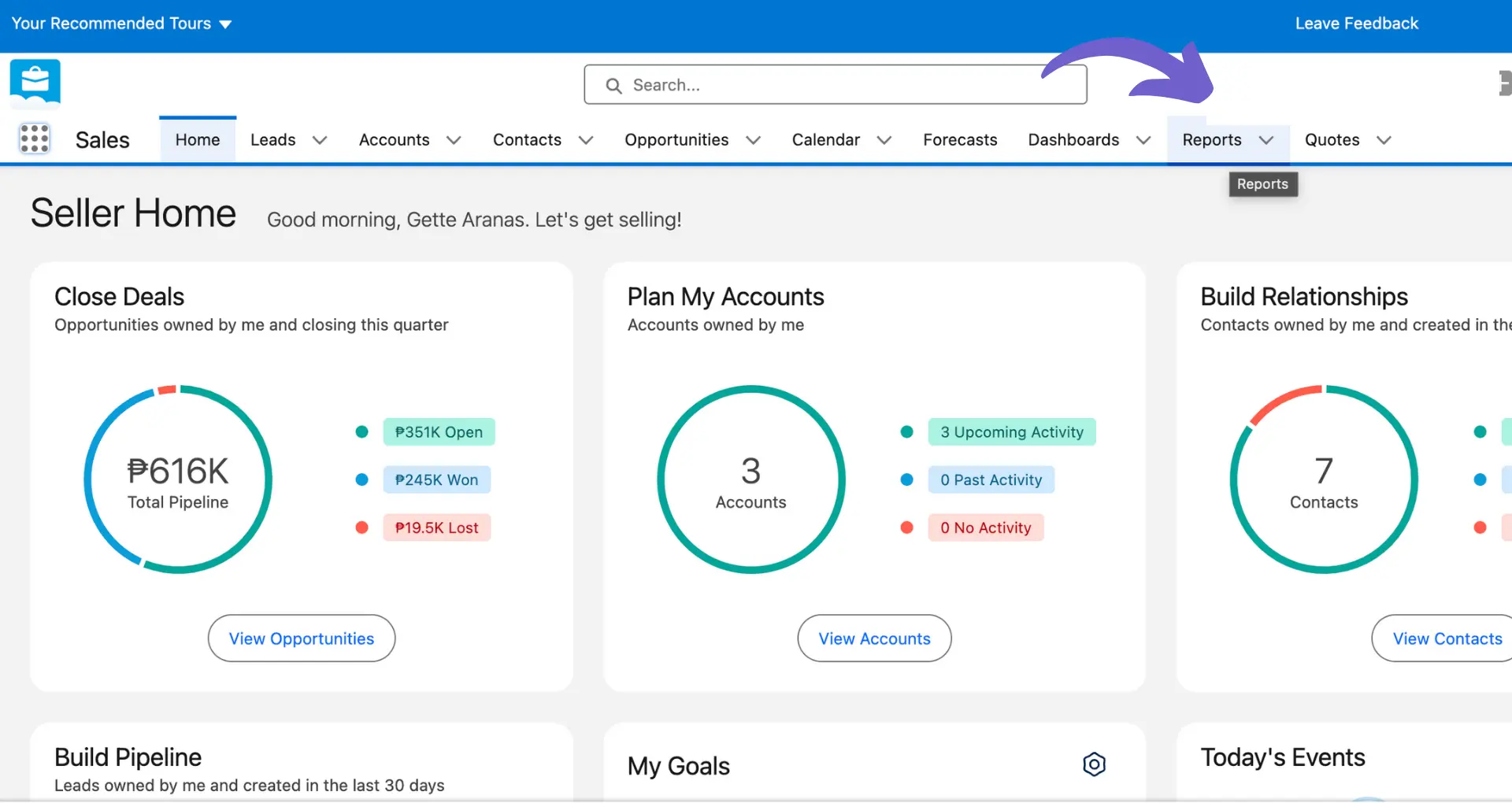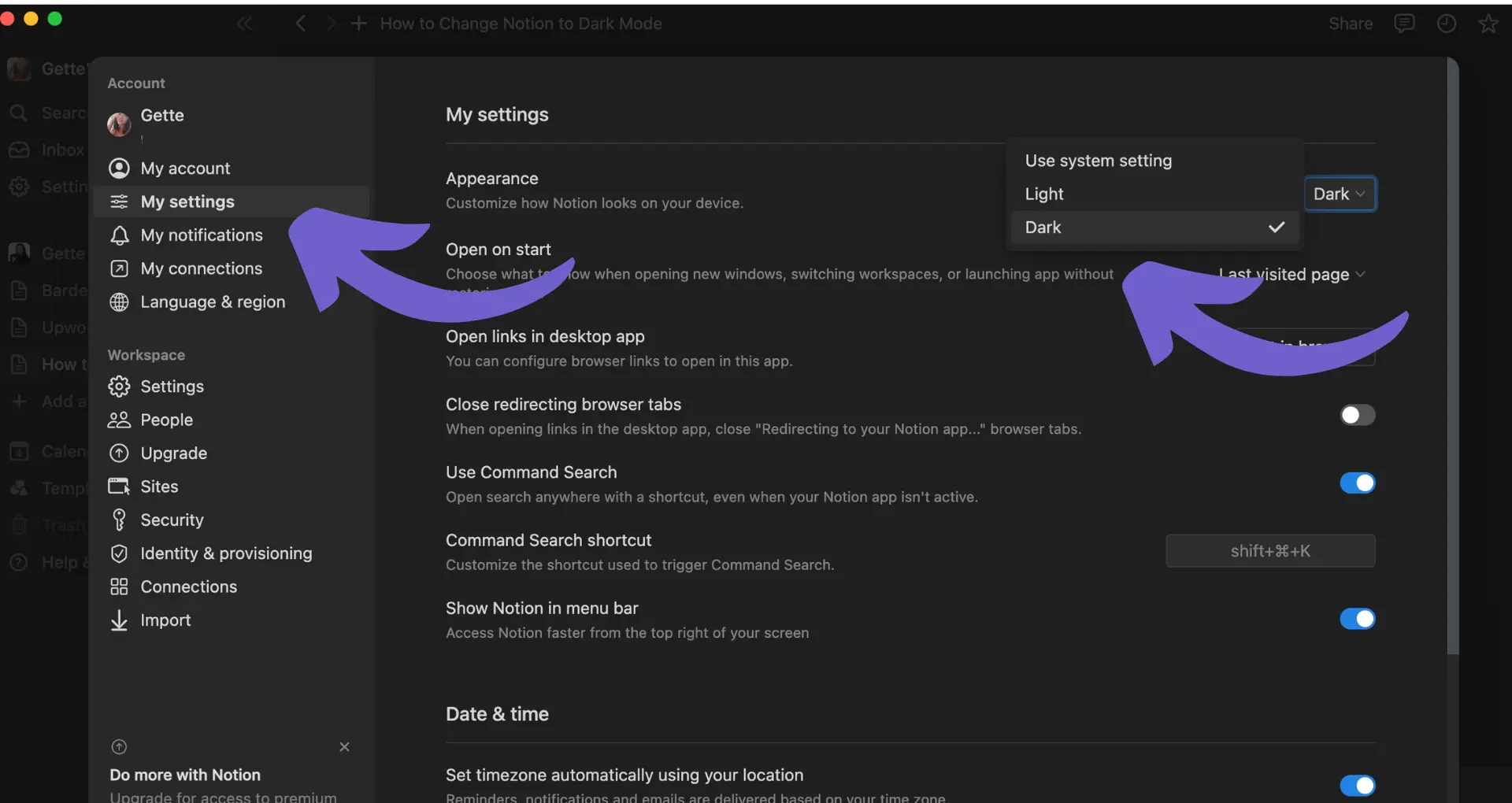Integrating Salesforce with Outlook can significantly improve productivity and streamline workflows for sales teams and customer support representatives. The Salesforce Add-In for Outlook allows users to seamlessly sync contacts, calendars, and emails between the two platforms, ensuring that important data is always accessible and up-to-date. In this step-by-step guide, we will walk you through the process of installing and configuring the Salesforce Add-In for Outlook, as well as troubleshoot common issues and explore the key features that can enhance your productivity.
Prerequisites for Installing Salesforce Add-In
Before installing the Salesforce Add-In for Outlook, it's essential to ensure that your system meets the basic requirements. Compatibility is key, so make sure you have a supported version of both Outlook and Salesforce. Generally, the add-in works with Outlook 2013 or later and Salesforce Classic or Lightning Experience.
In addition to compatible software versions, you'll need:
- Administrative rights on your computer to install the add-in
- Appropriate Salesforce account permissions, such as the "Outlook Integration" user permission
- A stable internet connection to download and install the add-in
It's also a good idea to check with your organization's IT department or Salesforce administrator to confirm that you have the necessary permissions and that the add-in is approved for use within your company. By ensuring you meet these prerequisites, you'll be well-prepared to proceed with the installation process and start leveraging the powerful features of the Salesforce Add-In for Outlook. For more tips on setting up your tools, see connect Microsoft Excel.
Installing the Salesforce Add-In on Outlook
To install the Salesforce Add-In for Outlook, follow these step-by-step instructions:
- Open Outlook and click on the "File" tab in the top-left corner of the screen.
- Select "Manage Add-ins" from the dropdown menu, which will open a new window in your web browser.
- In the Office Add-ins store, use the search bar to find the "Salesforce for Outlook" add-in.
- Click on the add-in and select "Add" to begin the installation process.
- Once the installation is complete, return to Outlook and click on the "Home" tab.
- Look for the Salesforce icon in the ribbon, which indicates that the add-in has been successfully installed and is ready to use.
Alternatively, you can install the add-in directly through Salesforce:
- Log in to your Salesforce account and navigate to the "Setup" menu.
- In the Quick Find search box, type "Outlook" and select "Outlook Integration and Sync" from the results.
- Click on the "Outlook Integration" tab and then select "Install Now" next to the Salesforce for Outlook option.
- Follow the prompts to complete the installation process.
After installing the add-in, you can manage its settings and permissions through the Outlook interface. Simply click on the Salesforce icon in the ribbon and select "Settings" to configure the add-in according to your preferences. For more tips on improving your sales process, check out preparing for a sales call.
Save time managing Salesforce tasks by using Bardeen AI-powered automation tools. Automate tedious steps and keep your focus on important work.
Configuring Salesforce Add-In Settings
After installing the Salesforce Add-In for Outlook, you'll need to configure its settings to ensure proper synchronization between the two platforms. Here are the key steps to follow:
- In Outlook, click on the Salesforce icon in the ribbon to open the add-in.
- Click on the "Settings" option to access the configuration menu.
- Select the appropriate Salesforce environment (Production or Sandbox) that you want to connect with Outlook. This step is crucial, as selecting the wrong environment may lead to data discrepancies or synchronization issues.
- Log in to your Salesforce account using your credentials when prompted.
- Once logged in, you can customize the synchronization settings according to your preferences. This includes selecting which Salesforce objects (e.g., contacts, events, tasks) you want to sync with Outlook and setting the synchronization frequency.
- You can also choose whether to sync deletions between the two platforms and enable or disable automatic syncing.
- After configuring the settings, click "Save" to apply the changes.
It's important to regularly review and update your Salesforce Add-In settings to ensure that the integration continues to meet your needs and that data is being synchronized correctly between the two platforms. If you need more advanced capabilities, consider using tools that enhance productivity with AI sales automation.
Troubleshooting Common Installation Issues
While installing the Salesforce Add-In for Outlook is generally a straightforward process, users may encounter a few common issues. Here are some potential problems and their solutions:
- Add-In Not Appearing in Outlook: If the Salesforce Add-In doesn't show up in Outlook after installation, try restarting Outlook. If that doesn't work, check if the add-in is enabled by going to Outlook's settings and managing your add-ins.
- Login Issues: Sometimes, users may face difficulties logging into their Salesforce account through the add-in. Ensure that you're using the correct Salesforce credentials and that your account has the necessary permissions. If the issue persists, try clearing your browser cache and cookies.
- Sync Problems: If you're experiencing synchronization issues between Outlook and Salesforce, double-check your sync settings in the add-in configuration. Make sure you've selected the appropriate Salesforce objects to sync and that your sync frequency is set correctly.
- Timeout Errors: If you encounter timeout errors while trying to log emails or perform other actions through the add-in, it may be due to a connection issue or a server-side problem. Check your internet connection and try again later. If the problem persists, reach out to Salesforce support for further assistance.
If you're unable to resolve the issue using these troubleshooting tips, consult the official Salesforce and Microsoft support resources for more in-depth guidance. Both companies offer extensive documentation, forums, and customer support channels to help users overcome installation and usage challenges. For more help on sales tools, see our sales demo best practices.
Automate your repetitive tasks using Bardeen and save time. Learn how to connect Google Sheets and streamline your workflows effortlessly.
Leveraging Salesforce Add-In Features for Enhanced Productivity
The Salesforce Add-In for Outlook offers several key features that can significantly boost your productivity and streamline your workflows. Let's explore some of these features and how they can benefit you:
- Contact Syncing: The add-in allows you to seamlessly sync your Outlook contacts with Salesforce, ensuring that your contact data is always up-to-date and accessible across both platforms. This eliminates the need for manual data entry and reduces the risk of errors.
- Calendar Integration: With the Salesforce Add-In, you can easily sync your Outlook calendar events with Salesforce, enabling you to view and manage your schedule directly within Salesforce. This feature helps you stay organized and ensures that your team is always aware of important meetings and deadlines.
- Email Logging: The add-in enables you to log your Outlook emails directly to related Salesforce records, such as leads, contacts, or opportunities. This feature saves you time by automatically associating relevant email conversations with the appropriate Salesforce records, making it easier to track communications and maintain a complete history of customer interactions.
- Salesforce Record Creation: You can create new Salesforce records, such as leads or contacts, directly from within Outlook using the add-in. This feature allows you to quickly capture important information without having to switch between applications, saving you time and effort.
By leveraging these features, you can streamline your workflows and improve data accessibility. For example, sales representatives can automate sales prospecting and create new leads directly from Outlook, ensuring that all relevant information is captured in Salesforce without any additional effort. Similarly, customer support teams can access a complete history of customer interactions, including email conversations, directly within Salesforce, enabling them to provide more informed and efficient support.
Integrating Salesforce with Outlook using the add-in empowers you to work more efficiently, reduce data silos, and ultimately enhance your productivity. By centralizing your data and streamlining your workflows, you can focus on what matters most - building strong relationships with your customers and driving business growth.






